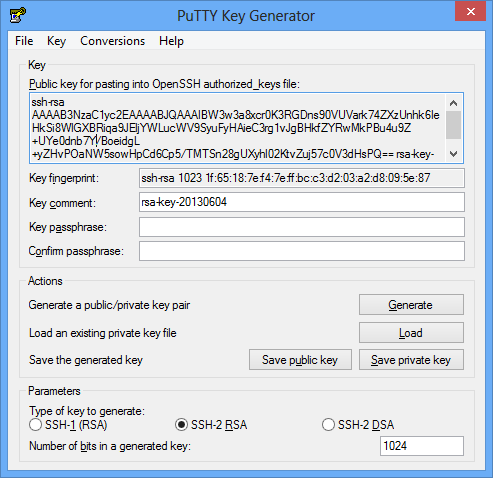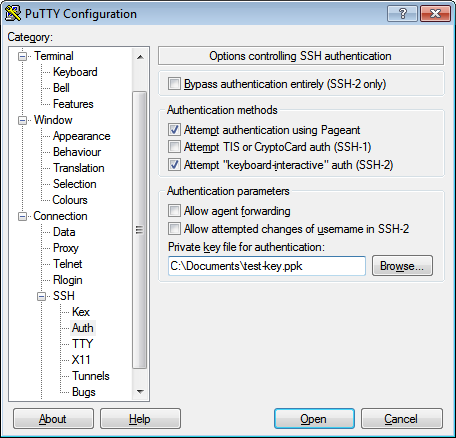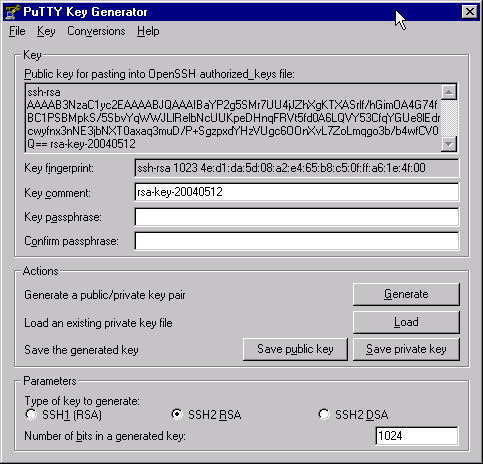

Sudo chmod 600 /root/.ssh/authorized_keys Configure SSH to use keys and disable password login Now we will modify permissions for greater security: sudo chmod 700 /root/.ssh/ It should look similar to this: -rw- 1 darian darian 398 Feb 14 16:57 authorized_keys Configuring public key for root user You can check these settings like this: ls -l Now we will modify permissions for greater security: sudo chmod 700 ~/.ssh/ This key should be a single line in the file.Ĭtrl + O to save the file, then Ctrl+X to exit. Paste the public key from Notepad into Nano. For this example, we’ll use the username “darian”.

You can disregard the passphrase pop-up.Ĭonnect to the device over SSH and login using your (non-root) username and password. Save the private key to a ppk file on your PC.Copy / paste the public key into Notepad, we’ll need this in a moment.Click the Generate button and move your mouse cursor around as instructed.The default parameters are fine (SSH-2 RSA, 2048).The keys will be generated on your PC, not on the Raspberry Pi.

This guide will take you through all of the steps to creating the keys, configuring the Raspberry Pi, and finally configure PuTTY.īefore we begin, this assumes you already have SSH access using a password. While a strong password is essential, a much more secure method for authentication is to use a public and private key system. Sometimes it’s necessary to leave a publicly accessible SSH connection available on your Raspberry Pi.


 0 kommentar(er)
0 kommentar(er)
